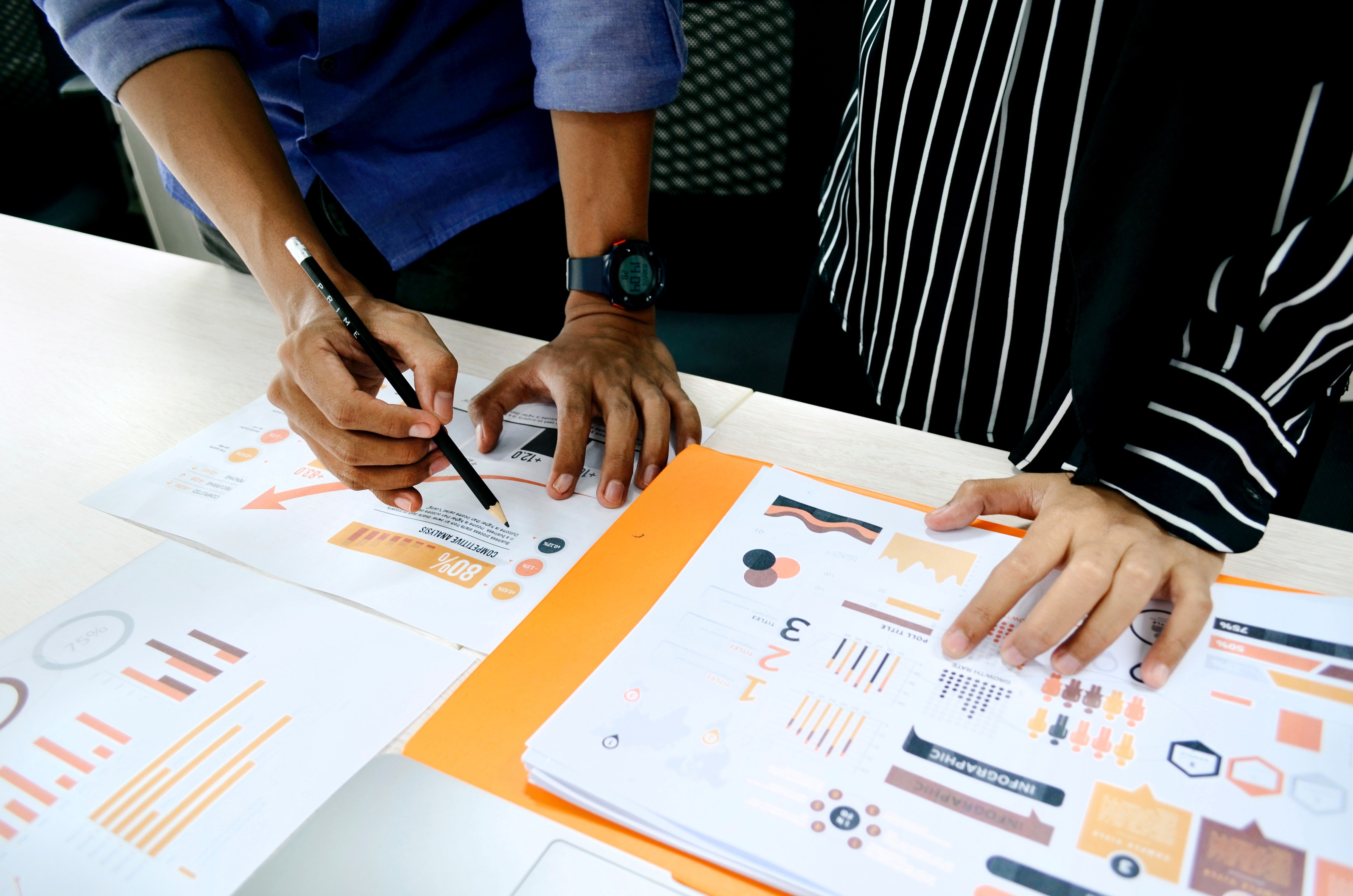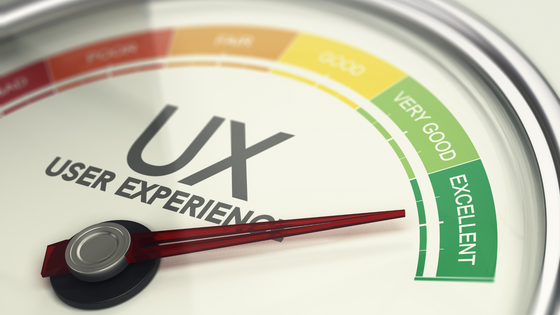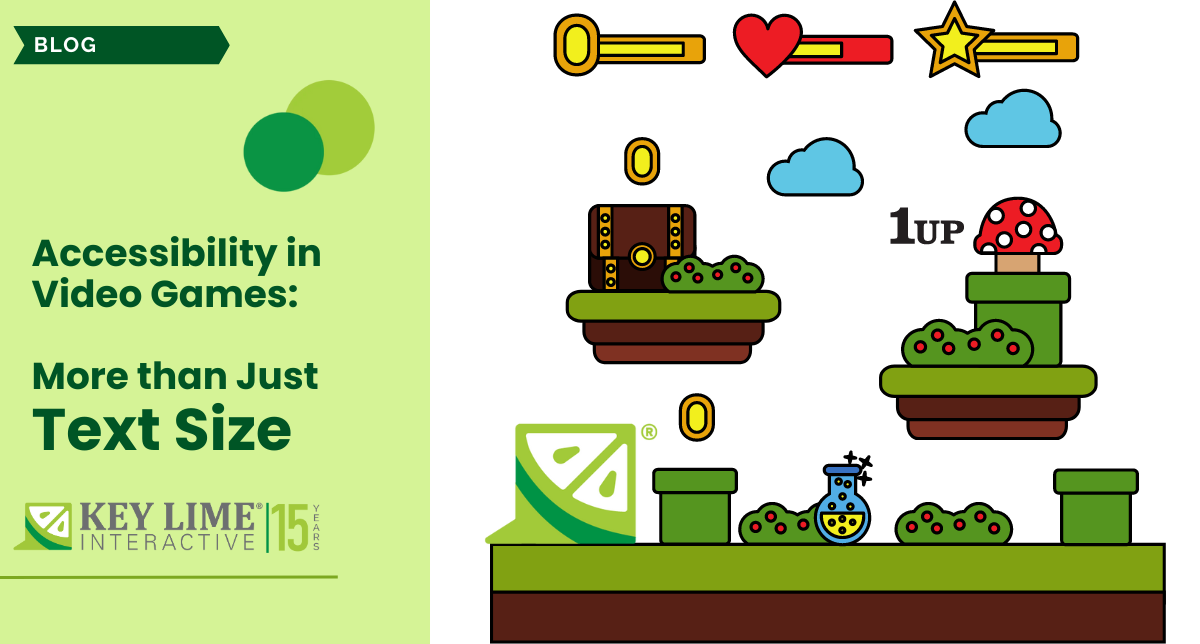
I recently completed a project that required both sides to meet in the middle in order to capture all the data we needed, while also taking into consideration the User Experience Research (UXR) bandwidth and time constraints.
Sometimes, during the UX research planning phase, you realize that your initial time estimations are off and need to be adjusted in order to answer all the questions that stakeholders have or test all the features that they want to test. In an ideal world, this all would have been worked out way in advance before the study, but sometimes the circumstances change during the study itself and you have to adapt quickly. Here’s how I handled this situation.
User Experience Research (UXR) Overview
During the kickoff meeting with the stakeholders, we reviewed all the questions they wanted answered in the user research study, but we quickly realized that the original 90 minute session we had planned would not be enough to capture the UXR for all the features we wanted to test.
We had a few options from here:
- Increase the length of the study again
- Split the study into two separate studies
- Cut out some questions from the study
S
ince this was for an important product launch, cutting questions from the study was the riskiest option. 90 minutes is already long for a study session so we decided the best course of action was to split the study in two, but decrease the amount of participants for each study.
So instead of 10 different 90-min sessions, we ended up with 16 60-min UX research sessions. We increased the workload and reduced the number of participants that would see each feature, but in return we were able to get more in-depth feedback for each feature. Ideally this would have been split into two studies from the start, but we initially underestimated how much time we would need to test all the features to obtain an accurate UXR.
5 Aspects to Remember During a UX Research Project
Additionally, during this project I learned 5 other important lessons that are important to keep in mind during a user experience research steady.
1. Meet with Stakeholders Early
The earlier you can meet with the stakeholders and kickoff the user research project, the sooner you can anticipate how much time and work is needed to complete it. Sometimes stakeholders have an estimate of how much time is needed, but that is subject to change depending on the objectives of the study and which methods end up being used. Meeting with stakeholders early and reviewing all the questions they want answered will ensure that both sides are aligned heading into the user research planning phase.
2 . Don’t be afraid to Speak up
As UX researchers you are the expert on how to capture quality feedback effectively. If you sense any issues that might interfere with that, don’t be afraid to bring it up to the stakeholders. Rushing a study or not taking the time to fully plan it out can result in capturing inconsistent or invaluable data, which will cost stakeholders more in the long run. Find the balance between giving the stakeholders what they want and relying on your own expertise and intuition to get quality and actionable feedback.
3. Emphasize the Partnership
As I was figuring out what the best course of action was, I made sure to provide the stakeholders with multiple alternative solutions. Instead of saying, “Here’s what I think we should do”, I listed out some viable options and together we decided what to move forward with. This conveyed to my stakeholders that I wanted to change up the study, while still allowing them to have the final say. I like to think of my relationship with my stakeholders as a partnership. Both sides are working together to come up with the best solution.
4. Cut out the Lower Priority questions from the study
This seems obvious, but when you have so much to cover how do you know what to cut and what to keep. Work together with stakeholders to decide on what the most important features/topics to test are.
Here are some things to consider when deciding what to cut from the study:
- Which features/topics are high priority and need testing done ASAP?
- Has there been any prior research done for any of the features you plan to test or questions that you plan to ask?
- Can any questions be asked later in a separate study or small scale study
- Which features have more potential to greatly affect the user’s experience (e.g. ones that rely on risky assumptions)?
5. Stay Flexible
Ability to adapt on the fly is a must in today’s UX world. Whether it’s pushing back the study dates, rescheduling participants, or adjusting research plans, UX researchers who can better adapt to changing circumstances will be appreciated by stakeholders and will ultimately provide the most accurate UXR.











Comments
Add Comment